The extraordinary story of
Noor Inayat Khan
Women’s Auxillary Air Force &
Special Operations Executive
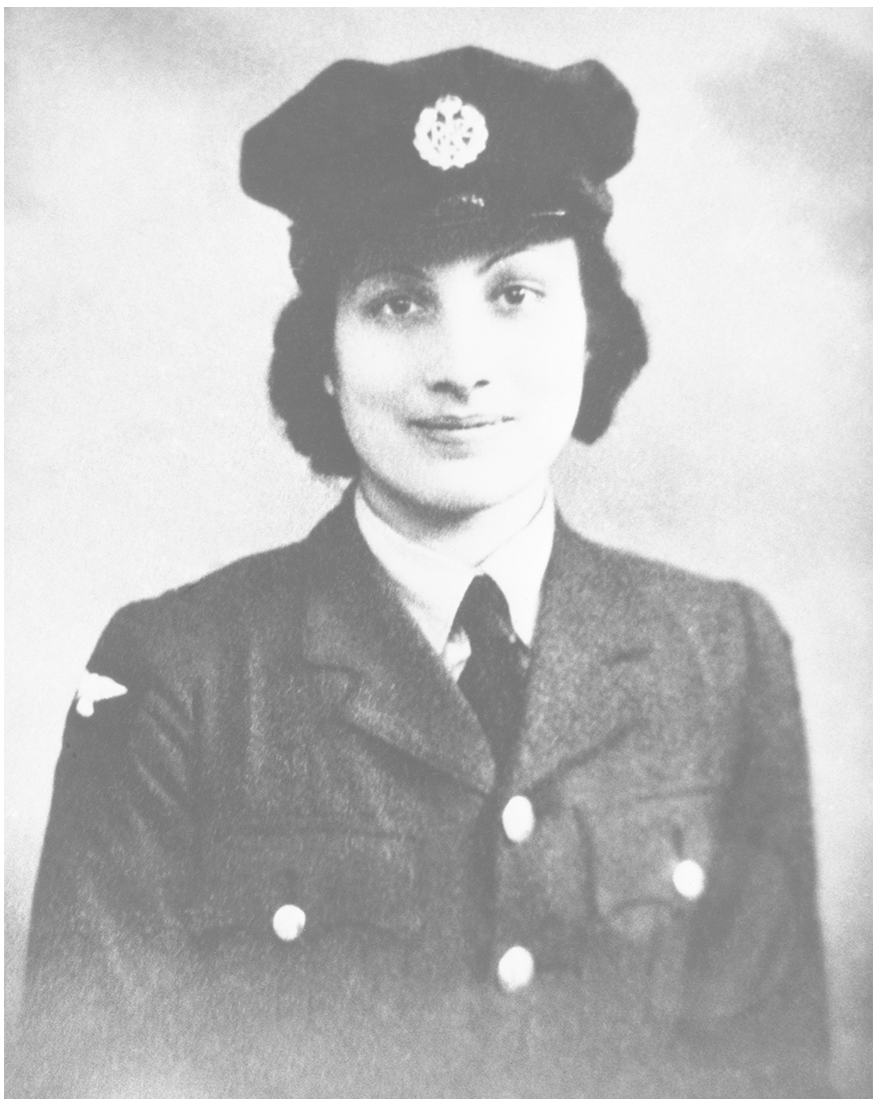
Societies at war – and people with loved ones serving – have always needed news from the conflict. Since the invention of the telegraph, allowing newspapers to receive details from distant battlefields in minutes instead of months, people have used new communication technology to bring the war home to the countries waging it. Telegraph, telephone, radio, the ability to send canisters of film by aircraft – with these methods of transmission, Second World War journalists plied their trade. While we enjoy fast digital communication tools today, the power of word and picture remains the same as ever.
Inayat Khan in Moscow
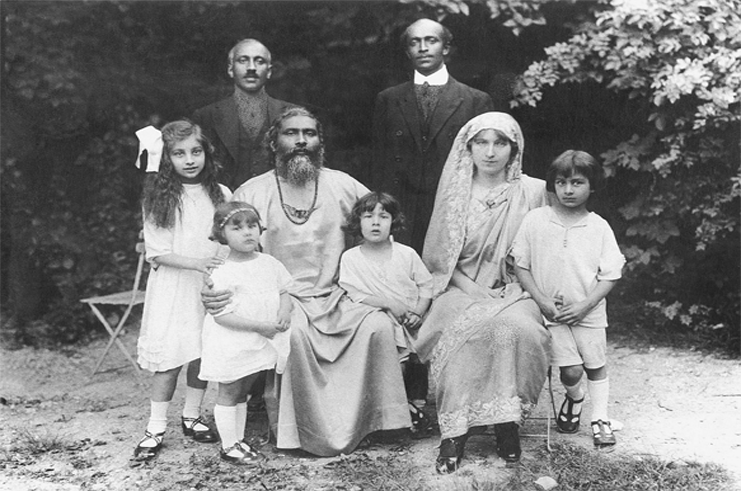
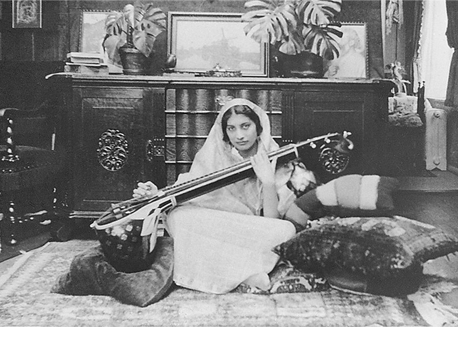
Noor was born in 1914 in Moscow, where her father - an accomplished Indian musician - was touring, sharing both his music and his Sufi beliefs. Her mother was American. The little family of three soon left for Paris and then London. In 1920 they returned to France, and Noor attended school in their suburb of Paris. When she was 13 years old her father died and her mother withdrew into herself; Noor took over a great deal of responsibility for her young siblings and her mother. She studied music at a leading institute in Paris, enjoyed drawing and painting, and studied child psychology at university. She began writing stories and poems for young people, some published and some broadcast on the radio. The outbreak of the Second World War would change her life's trajectory dramatically.
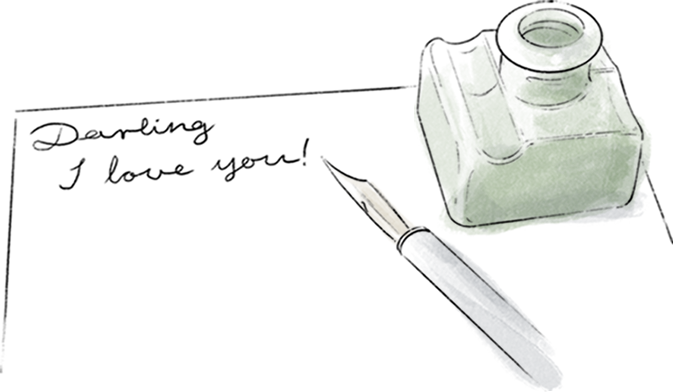
Beloved! Ah! Beloved Amma,
A treasure stored deep in our heart,
'Tis flowers of our gratitude,
A treasure that n'er will depart.
Behold! For their petals are carved
With Allah's own heavenly art,
Their beauty on this longed for day,
To you and Abba we impart
Through life's struggle and through life's strife,
May we treasure as our life's gem
The seed in our heart, you have sown,
Ah! quote in the sacred Nirtan,
And always remember this:
The part of the heart is thorny,
Which leads in the end to bliss.
- Poem by Noor to her mother, in 1929
fluent French could be useful
to the Special Operations
Executive, a secret organisation
conducting covert missions
behind enemy lines.
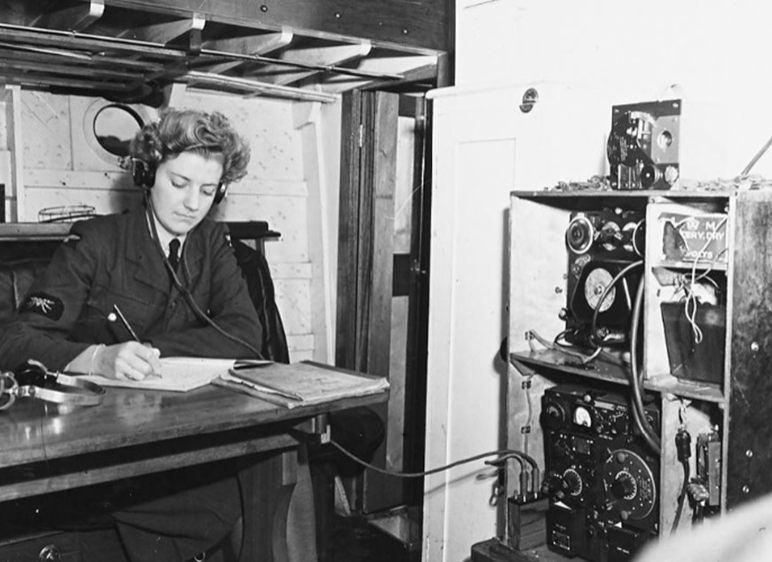


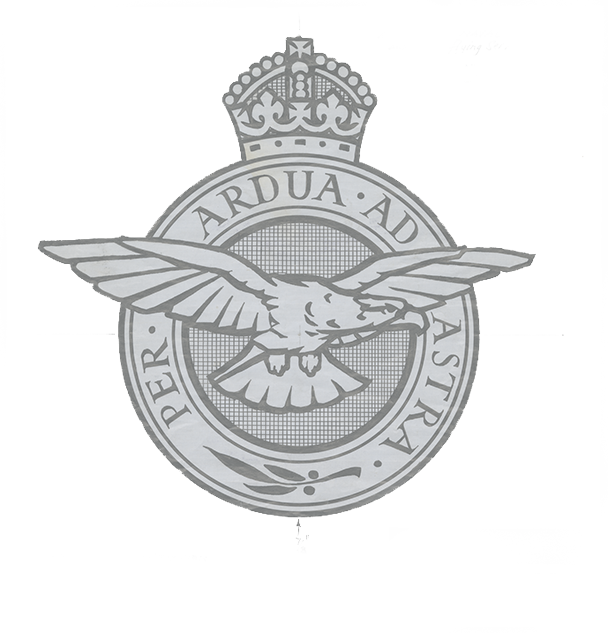
“I realise how petty our family ties
are when something in the way of
winning this war is at stake.”
- Noor's letter to Capt. Jepson
1942
The work was incredibly dangerous, but Noor agreed to join them. She learned the technical and physical skills required for undercover work. She had to be able to maintain and repair her own wireless set, concealed in a suitcase, find good transmitting positions, set up aerials, encode and decode messages and avoid radio detection vans. Her radio skills and Morse were excellent and she was flown into France on the night of 16 June 1943 - the first woman radio operator to be sent there.
1943
She became SOE's last wireless
operator left in the Paris area.
and the Gestapo hunted her.
Noor was sent to join a "circuit" of undercover agents. Within a week of her arrival in Paris, her circuit collapsed with several top agents arrested. She became SOE's last wireless operator left in the Paris area, and the Gestapo hunted her. For over four exhausting, lonely and terrifying months she tried to rebuild the circuit, moving constantly to prevent detection while staying in contact with London to arrange parachute drops of arms and money to aid the Resistance. She was betrayed and arrested on 13 October 1943. Taken to Gestapo headquarters, she refused to answer any questions and tried to escape twice, so they moved her to a prison in Germany where she was kept in solitary confinement, shackled, for ten months. In September 1944 she was taken to Dachau concentration camp and shot.
It was several months after the war was over before SOE and Noor's family had any word about what had happened to her. In 1949 Noor was awarded the George Cross, Britain's highest civilian honour for bravery.
Her captors had incinerated her body and got rid of the ashes. She is commemorated by name on the CWGC's Runnymede Memorial in the UK, where over 20,000 men and women of the air forces who died in the Second World War are remembered. They were lost during operations from bases in the United Kingdom and North and Western Europe and have no known grave. They came from all parts of the Commonwealth and, like Noor, from countries in continental Europe which had been overrun. The memorial is richly decorated with carved, sculpted, painted and etched symbols of flight, the flying services and the Commonwealth. It's a special place to remember those who died.
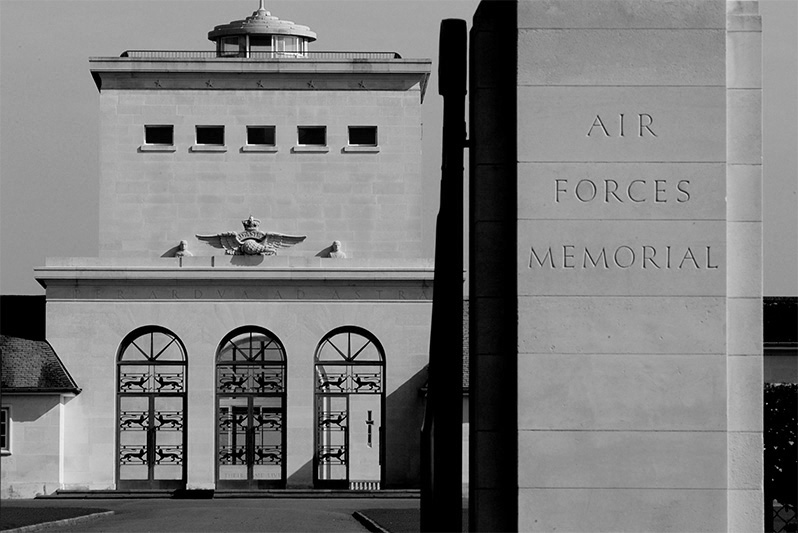
Her captors had incinerated her body and got rid of the ashes. She is commemorated by name on the CWGC's Runnymede Memorial in the UK, where over 20,000 men and women of the air forces who died in the Second World War are remembered. They were lost during operations from bases in the United Kingdom and North and Western Europe and have no known grave. They came from all parts of the Commonwealth and, like Noor, from countries in continental Europe which had been overrun. The memorial is richly decorated with carved, sculpted, painted and etched symbols of flight, the flying services and the Commonwealth. It's a special place to remember those who died.
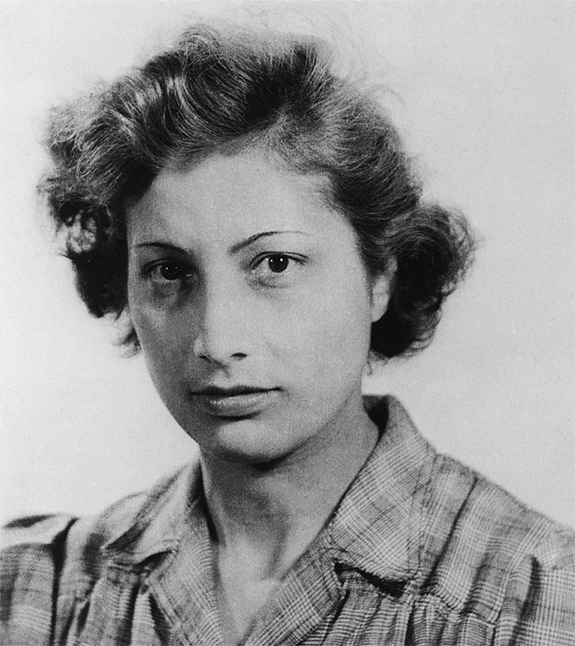

It was several months after the war was over before SOE and Noor's family had any word about what had happened to her. In 1949 Noor was awarded the George Cross, Britain's highest civilian honour for bravery.
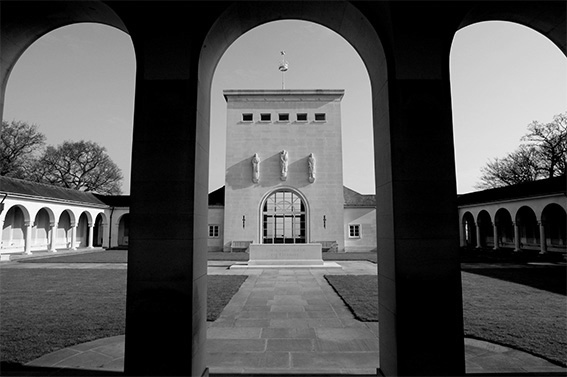
Noor Inayat Khan
1914 - 1944
We'd love to hear your story
We use necessary cookies to make our site work. We'd also like to set analytics cookies that help us make improvements by measuring how you use the site. These will be set only if you accept.
